Soya chunks, also known as soy meat or textured vegetable protein (TVP), are a popular plant-based protein derived from soybeans. These small, dehydrated, and versatile nuggets are an excellent source of protein, making them a favored choice for vegetarians, vegans, and anyone looking to increase their protein intake. In this comprehensive guide, we will explore the many benefits of soya chunks, their nutritional value, cooking methods, and how you can incorporate them into your diet. Let’s dive in!
Soya Chunks: A Plant-Based Protein Powerhouse
Soya chunks are an exceptional source of plant-based protein, offering a wide range of health benefits. Whether you’re following a vegetarian or vegan diet or simply looking to reduce your meat consumption, soya chunks can be an excellent substitute for animal proteins. Let’s explore why:
1. High Protein Content for Muscle Building and Repair
Soya chunks are incredibly rich in protein, making them an ideal choice for individuals seeking to build and repair muscles. With approximately 52 grams of protein per 100 grams, soya chunks contain all the essential amino acids required for the body’s optimal functioning. This protein-packed food is particularly beneficial for athletes, fitness enthusiasts, and those recovering from injuries.
Also Read: Everything About Soya
2. Heart-Healthy and Cholesterol-Lowering Properties
Soya chunks contain minimal amounts of saturated fats and no cholesterol, making them heart-healthy additions to your diet. The presence of unsaturated fats, such as omega-3 and omega-6 fatty acids, helps reduce harmful cholesterol levels in the blood, promoting cardiovascular health and reducing the risk of heart diseases.
3. Rich in Dietary Fiber for Improved Digestion
Including soya chunks in your meals provides a good amount of dietary fiber. Fiber aids digestion, prevents constipation, and promotes regular bowel movements. It also contributes to a feeling of fullness, helping control appetite and maintain a healthy body weight. By incorporating soya chunks into your diet, you can support a well-functioning digestive system.
4. Essential Vitamins and Minerals for Overall Well-Being
Soya chunks are abundant in essential vitamins and minerals that contribute to overall well-being. They contain significant amounts of iron, calcium, magnesium, phosphorus, and zinc, which are crucial for maintaining healthy bones, teeth, and muscles. Additionally, they are a good source of B-complex vitamins, including folate, thiamine, riboflavin, and niacin, which are vital for various bodily functions.
5. Hormonal Balance and Menopause Relief
Isoflavones, a type of phytoestrogen found in soya chunks, exhibit estrogenic properties. These compounds can help regulate hormonal balance, particularly in women, and alleviate menopausal symptoms like hot flashes and night sweats. Including soya chunks in your diet can provide natural support for hormonal health.
The Versatility of Soya Chunks: Cooking and Culinary Applications
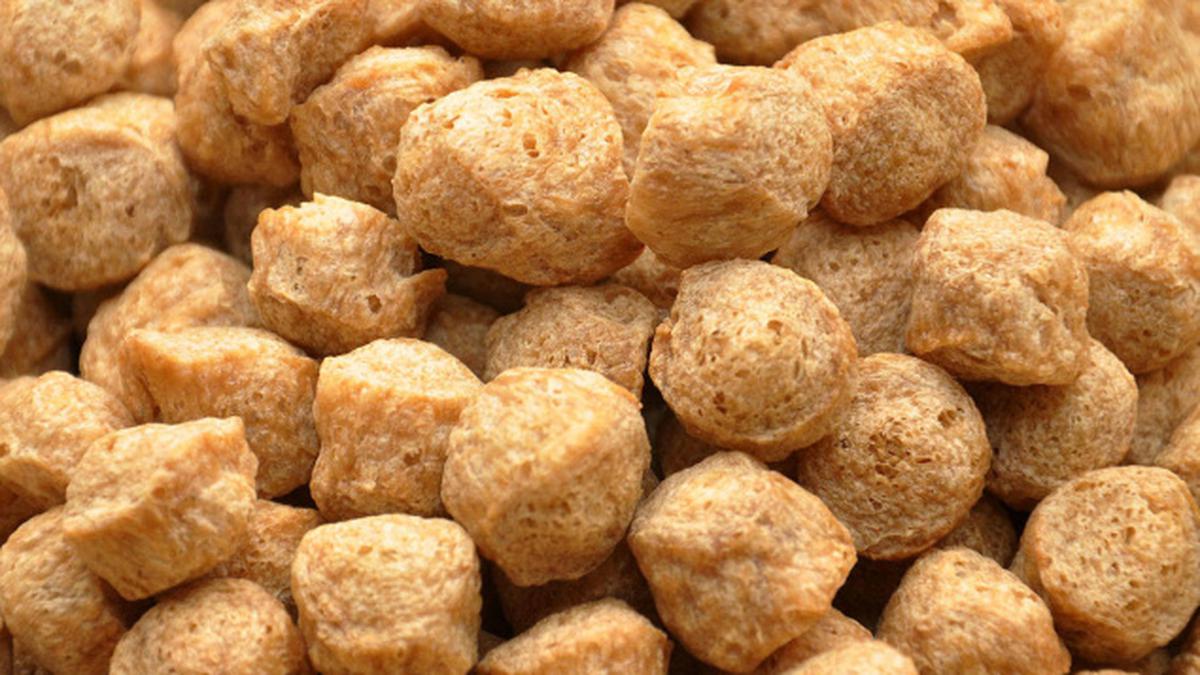
Soya chunks’ versatility extends beyond their nutritional value. These textured protein nuggets can be prepared in various ways, making them suitable for a wide range of culinary creations. Let’s explore some popular cooking methods and delicious recipes that incorporate soya chunks:
Rehydrating Soya Chunks: The First Step
Before using soya chunks in your recipes, rehydrating them is essential. Follow these simple steps:
- Boil water in a saucepan and add the desired amount of soya chunks.
- Let them cook for 10-15 minutes until they become soft and spongy.
- Drain the water and rinse the chunks with cold water to remove any excess starch.
1. Soya Chunks Curry: A Hearty Delight
Soya chunks curry is a flavorful and protein-rich dish that pairs well with rice, roti, or bread. Here’s a simple recipe to try:
Ingredients:
- Rehydrated soya chunks ( Soya Chaap)
- Chopped onions, tomatoes, and green chilies
- Ginger-garlic paste
- Turmeric powder, coriander powder, cumin powder, and garam masala
- Salt and vegetable oil
- Fresh coriander leaves for garnish
Method:
- Heat oil in a pan and sauté the chopped onions until golden brown.
- Add the ginger-garlic paste and green chilies, and cook for a minute.
- Stir in the chopped tomatoes and cook until they turn mushy.
- Add turmeric powder, coriander powder, cumin powder, and garam masala. Mix well.
- Add the rehydrated soya chunks, season with salt, and cook for 10-15 minutes on medium heat.
- Garnish with fresh coriander leaves and serve hot.
2. Soya Chunks Pulao: A Flavorful One-Pot Meal
Soya chunks pulao is a wholesome and aromatic dish that combines the goodness of soya chunks with fragrant rice and spices. Here’s a quick recipe to try:
Ingredients:
- Rehydrated soya chunks
- Basmati rice
- Chopped vegetables (carrots, peas, beans)
- Chopped onions and tomatoes
- Ginger-garlic paste
- Whole spices (cinnamon, cardamom, cloves, bay leaves)
- Turmeric powder, red chili powder, and garam masala
- Salt and vegetable oil
- Fresh mint and coriander leaves for garnish
Method:
- Wash the basmati rice and soak it in water for 30 minutes.
- Heat oil in a pan and add the whole spices. Sauté until fragrant.
- Add the chopped onions and cook until they turn golden brown.
- Stir in the ginger-garlic paste and chopped tomatoes. Cook until the tomatoes are soft.
- Add the soaked rice, rehydrated soya chunks, chopped vegetables, turmeric powder, red chili powder, garam masala, and salt. Mix well.
- Add water in a 2:1 ratio to the rice, cover the pan, and cook on low heat until the rice is fully cooked.
- Garnish with fresh mint and coriander leaves and serve hot.
FAQs (Frequently Asked Questions)
Q: Are soya chunks suitable for individuals with gluten intolerance or celiac disease?
Yes, soya chunks are gluten-free and can be safely consumed by individuals with gluten intolerance or celiac disease. However, always check the packaging for any potential cross-contamination with gluten-containing products.
Q: Can I consume soya chunks if I have a soy allergy?
No, individuals with a soy allergy should avoid consuming soya chunks or any other soy-based products. Soy allergies can cause severe allergic reactions and must be taken seriously.
Q: Are soya chunks genetically modified?
No, soya chunks are typically made from non-genetically modified soybeans. However, it’s important to read the labels and choose products that explicitly state they are non-GMO if that is a concern for you.
Q: Can I freeze soya chunks for later use?
Yes, you can freeze rehydrated soya chunks in an airtight container for up to three months. Thaw them before using in your recipes and ensure they are thoroughly cooked.
Q: Are soya chunks suitable for children?
Soya chunks can be a nutritious addition to a child’s diet. However, it’s important to introduce them gradually and watch for any signs of allergies or digestive issues. Consult a pediatrician before including soya chunks in your child’s meal plan.
Q: How do I store unopened packages of soya chunks?
Store unopened packages of soya chunks in a cool, dry place away from direct sunlight. Follow the storage instructions provided on the packaging for optimal freshness.
Conclusion
Soya chunks are a highly nutritious and versatile plant-based protein that offers numerous health benefits. Whether you’re looking to increase your protein intake, reduce meat consumption, or explore new culinary horizons, soya chunks are an excellent choice. With their high protein content, heart-healthy properties, and easy incorporation into various dishes, they can play a significant role in a balanced and healthy lifestyle. So, why not embrace the goodness of soya chunks and savor their delicious flavors? Start exploring recipes and reap the rewards of this fantastic plant-based protein!
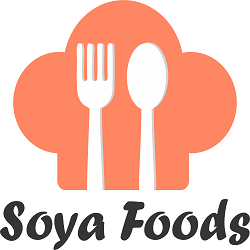
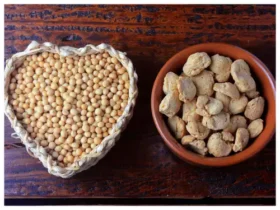



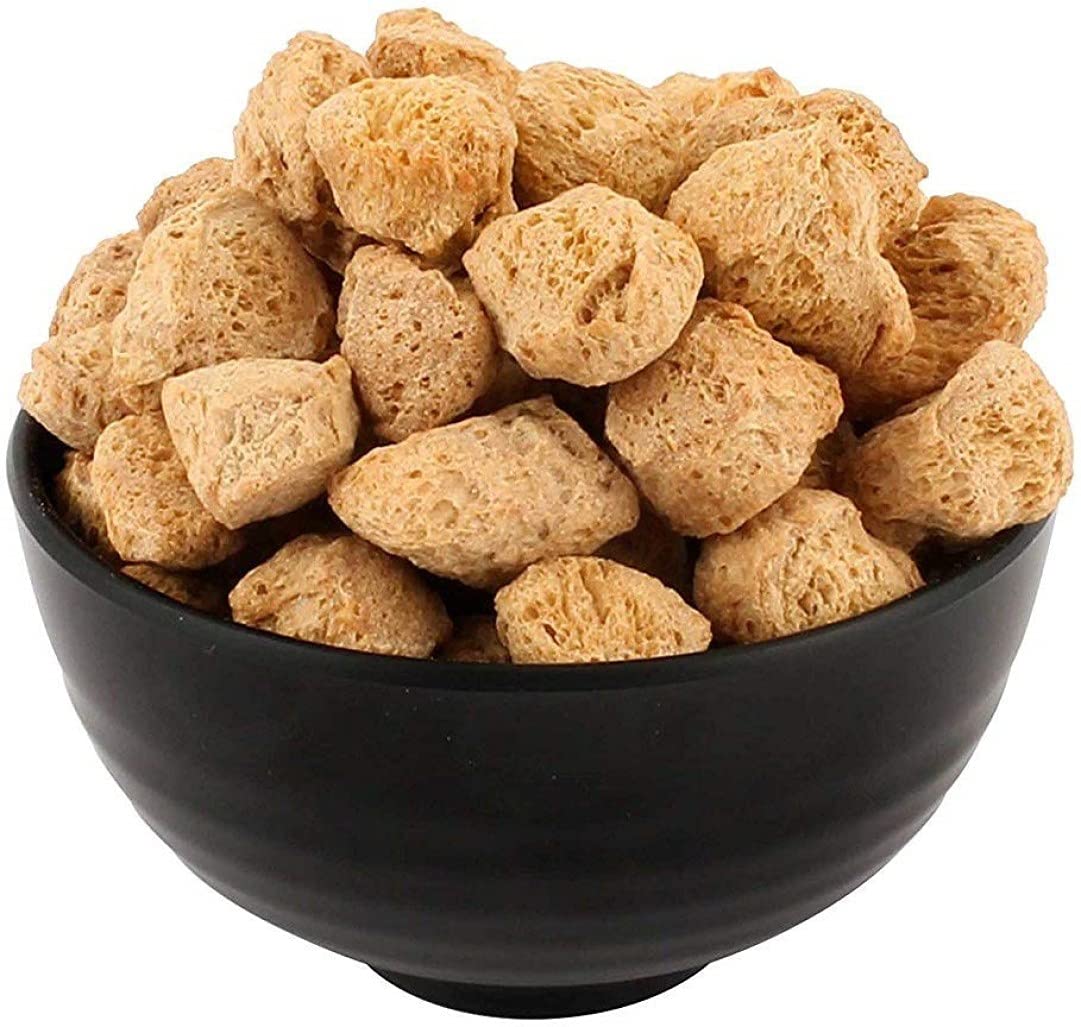



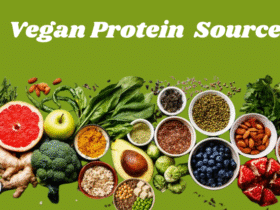
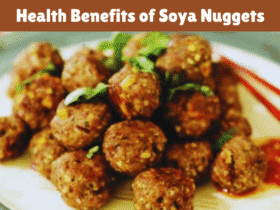




Leave a Reply